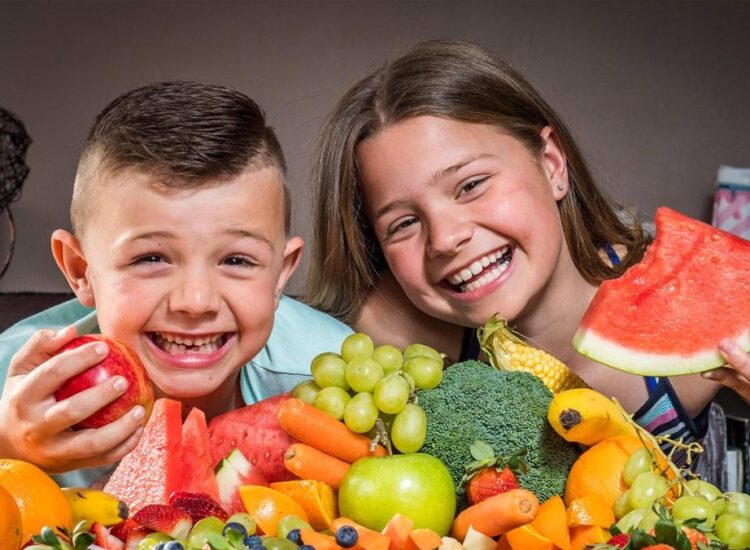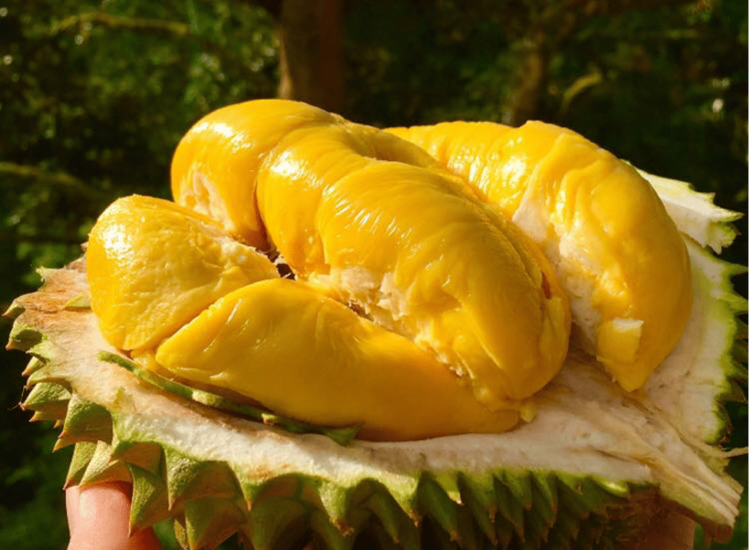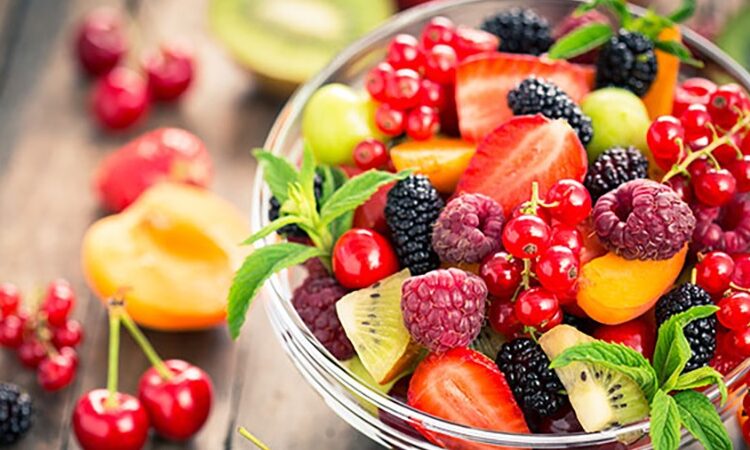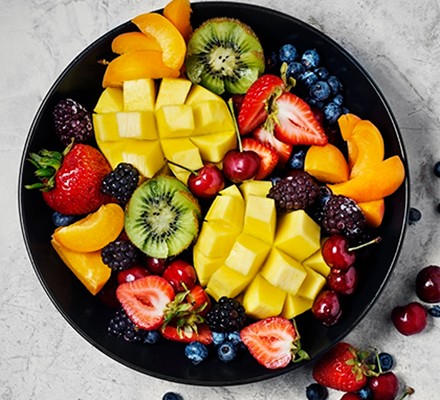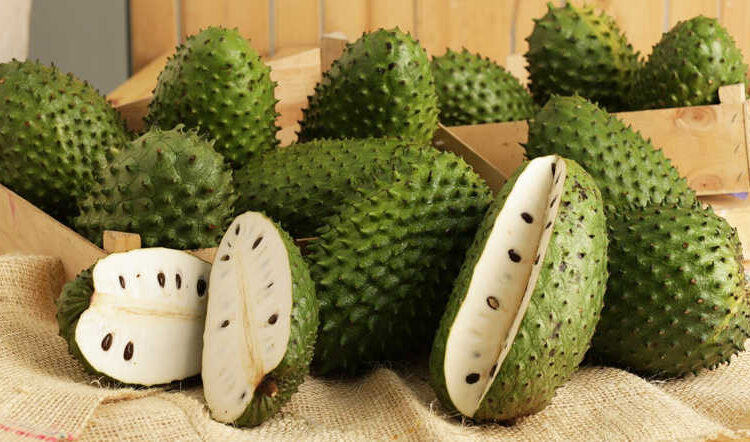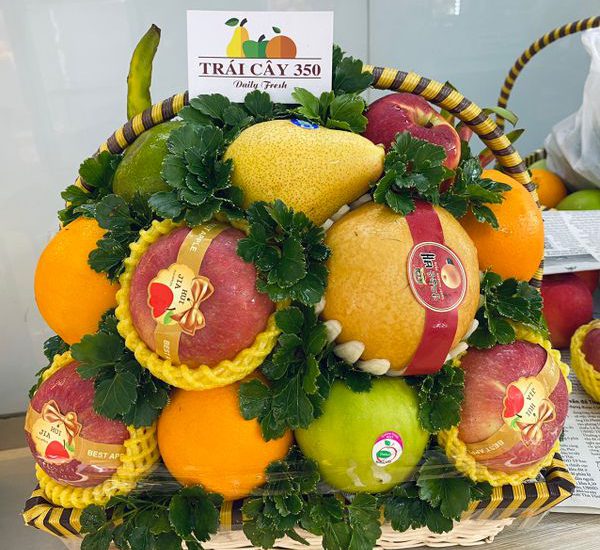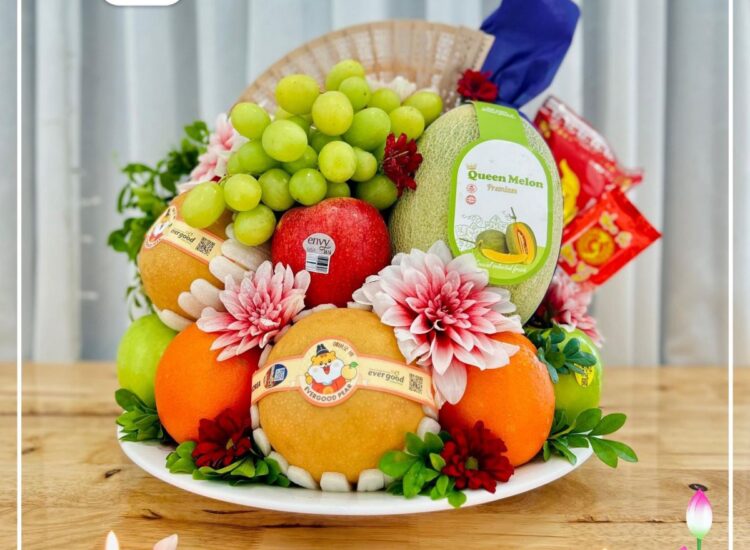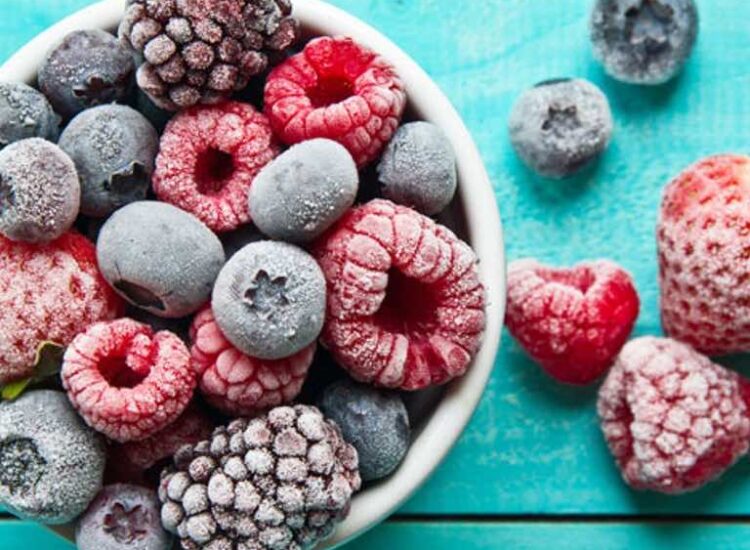The Art of Fruit Selection: Identifying Fresh and Delicious Produce
Introduction:
The vibrant colors, enticing aromas, and sweet, juicy flavors of fresh fruits are not only a delight to the senses but also a cornerstone of a healthy diet. However, navigating the produce aisle and selecting fruits that are truly fresh and delicious can sometimes feel like a guessing game. Knowing what to look for, feel for, and even smell for can significantly enhance your chances of bringing home the best quality fruits. This essay will explore five key aspects to consider when identifying fresh and delicious fruits, empowering you to make informed choices and savor the best that nature has to offer.
1. Visual Inspection: The First Impression of Freshness:

Your initial assessment of fruit often begins with your eyes. The visual appearance of fruit can provide a wealth of information about its freshness, ripeness, and overall quality.
- Vibrant and Uniform Color: Fresh fruits typically exhibit vibrant and uniform colors characteristic of their variety. For example, a ripe apple should have a rich, even hue of red, green, or yellow, depending on the type. Avoid fruits with dull, uneven, or faded colors, as these can indicate overripeness or spoilage.
- Smooth and Unblemished Skin: The skin of fresh fruit should generally be smooth and free from significant bruises, cuts, blemishes, or dark spots. Minor imperfections might be acceptable, but large or numerous blemishes can indicate damage or decay.
- Appropriate Shape and Size: While natural variations exist, fresh fruits should generally have a shape and size typical for their variety. Misshapen or unusually small fruits might be underdeveloped, while excessively large fruits could be overripe or have absorbed too much water.
- Healthy Stems and Leaves (if present): For fruits like berries, grapes, and cherries, look for stems that are green and firmly attached. Leaves, if present, should be vibrant and not wilted or yellowed. These are good indicators of recent harvesting and freshness.
- Absence of Mold or Visible Damage: Carefully inspect the fruit for any signs of mold, which often appears as fuzzy white, green, or black patches. Also, look for signs of insect damage, such as small holes or trails on the skin.
2. The Power of Touch: Assessing Firmness and Texture:
Related articles 01:
1. https://traicay350.com/hong-socola-nhat-ban-gia-bao-nhieu/
2. https://traicay350.com/trai-cay-say-lanh-la-gi-uu-diem-cua-cong-nghe-say-lanh/
3. https://traicay350.com/mam-ngu-qua-ngay-tet-bieu-tuong-dam-da-ban-sac-viet/
4. https://traicay350.com/trai-cay-dong-lanh-iqf-cach-su-dung-va-bao-quan/
5. https://traicay350.com/nhung-loi-ich-va-tac-hai-cua-hoa-qua-say-doi-voi-suc-khoe/

The way a fruit feels to the touch can reveal a great deal about its ripeness and internal condition. Gently handling the fruit can provide valuable clues that your eyes might miss.
- Appropriate Firmness: The firmness of a fruit should correspond to its stage of ripeness. For example, a ripe peach or avocado will yield slightly to gentle pressure, while a firm apple or pear should feel solid. Avoid fruits that are excessively hard (underripe) or overly soft and mushy (overripe or bruised).
- Weight for Its Size: Fresh, juicy fruits tend to feel heavier for their size due to their high water content. Compare the weight of similar-sized fruits; a heavier one is often a better choice.
- Smooth and Consistent Texture: The skin or peel of fresh fruit should generally feel smooth and consistent. Avoid fruits with sticky, wrinkled, or bumpy textures that are not characteristic of the variety, as these can indicate spoilage or improper storage.
- Stem Condition: For fruits with stems, check if the stem is still firmly attached and not dried out or brittle. A dry or easily detached stem can suggest that the fruit was harvested a while ago.
- Listen for Soft Spots: Gently squeeze the fruit to check for any soft spots or areas that feel bruised or mushy. These areas are likely to deteriorate quickly and can affect the overall quality of the fruit.
3. The Alluring Aroma: Trusting Your Sense of Smell:

The fragrance of ripe fruit is often one of the most reliable indicators of its flavor and freshness. A pleasant aroma suggests that the fruit has reached its peak ripeness and is likely to be sweet and flavorful.
- Sweet and Fruity Scent: Ripe fruits typically emit a sweet and characteristic aroma. For example, a ripe mango will have a fragrant, tropical scent, while a ripe strawberry will smell sweet and slightly floral.
- Smell Near the Stem: The aroma is often most concentrated near the stem end of the fruit. Bring the fruit close to your nose and inhale deeply to assess its fragrance.
- Absence of Off-Putting Odors: Avoid fruits that have a sour, fermented, musty, or otherwise unpleasant odor. These smells are strong indicators of spoilage or overripeness.
- Intensity of Aroma: The intensity of the aroma can also be a clue to ripeness. A faint or no smell might indicate that the fruit is not yet fully ripe, while an overly strong or pungent smell could suggest overripeness.
- Consider the Variety: Be aware that some fruits naturally have a stronger aroma than others. For example, a ripe pineapple or durian will have a much more intense scent than a ripe apple or pear.
4. The Subtle Sound: A Tap Can Tell a Tale (Sometimes):
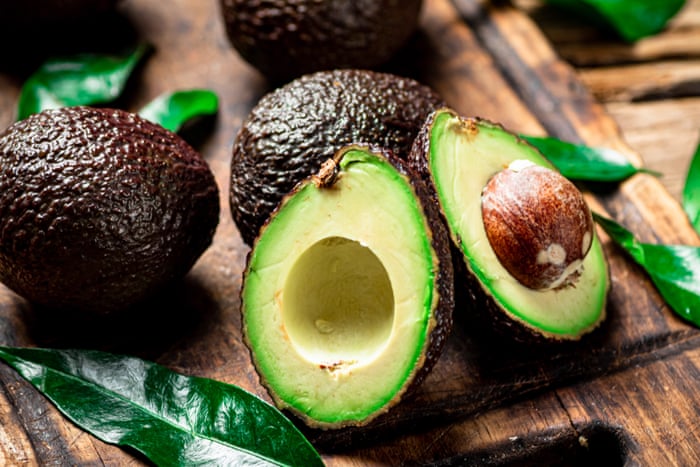
Related articles 02:
1. https://traicay350.com/trai-cay-say-lanh-la-gi-uu-diem-cua-cong-nghe-say-lanh/
2. https://traicay350.com/tri-an-thay-co-giao-ngay-20-11/
3. https://traicay350.com/lam-sao-de-nhan-biet-sau-rieng-hat-lep-bi-tiem-hoa-chat/
4. https://traicay350.com/5-cong-thuc-mon-ngon-de-lam-cung-trai-cay-dong-lanh/
While not applicable to all fruits, the sound a fruit makes when gently tapped can sometimes provide clues about its ripeness and internal structure.
- Thump Test for Watermelon: A classic example is the “thump test” for watermelons. A ripe watermelon should produce a deep, hollow sound when tapped, indicating that the flesh is firm and juicy. A dull or flat sound might suggest an underripe or mealy watermelon.
- Melons in General: Similar to watermelons, other melons like cantaloupe and honeydew might produce a slightly hollow sound when ripe.
- Consider the Fruit Type: This method is not reliable for all fruits. For example, tapping an apple or a berry will likely not provide much useful information about its ripeness.
5. Seasonality and Origin: Knowing When and Where Your Fruit Comes From:
Understanding the seasonality and origin of fruits can also be helpful in selecting fresh and delicious produce.
- Fruits in Season: Fruits that are in season locally are typically fresher, more flavorful, and often more affordable. They have had less time to travel and are harvested at their peak ripeness.
- Local Produce: Whenever possible, opt for locally grown fruits. These fruits are likely to be fresher and may have a better flavor than those that have been shipped long distances.
- Consider the Origin: Depending on the type of fruit, certain regions are known for producing particularly high-quality varieties. Knowing the origin can sometimes provide an indication of potential flavor and quality.
- Ask Your Grocer: Don’t hesitate to ask your grocer or the produce vendor about the freshness and origin of the fruits. They often have valuable insights and can guide you in your selection.
- Be Aware of Storage Practices: Even the freshest fruits can deteriorate if not stored properly. Check if the fruits are displayed in appropriate conditions, such as refrigeration for berries and grapes.
Conclusion:
Selecting fresh and delicious fruits is a skill that can be honed with practice and attention to detail. By engaging all your senses – sight, touch, smell, and sometimes even hearing – and considering factors like seasonality and origin, you can significantly improve your chances of bringing home fruits that are bursting with flavor and packed with nutrients. Taking the time to carefully inspect and evaluate your produce will not only enhance your culinary experiences but also contribute to a healthier and more enjoyable diet. So, the next time you’re at the market, take a moment to appreciate the art of fruit selection and savor the rewards of your discerning choices.

